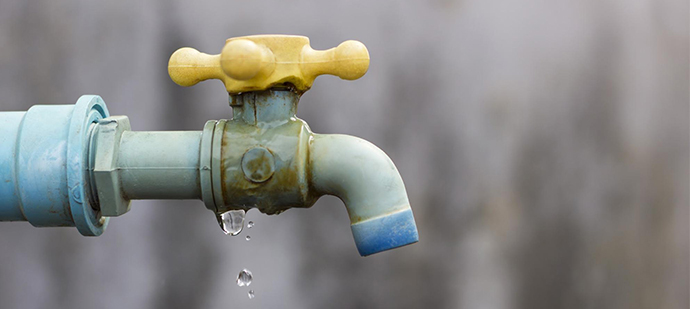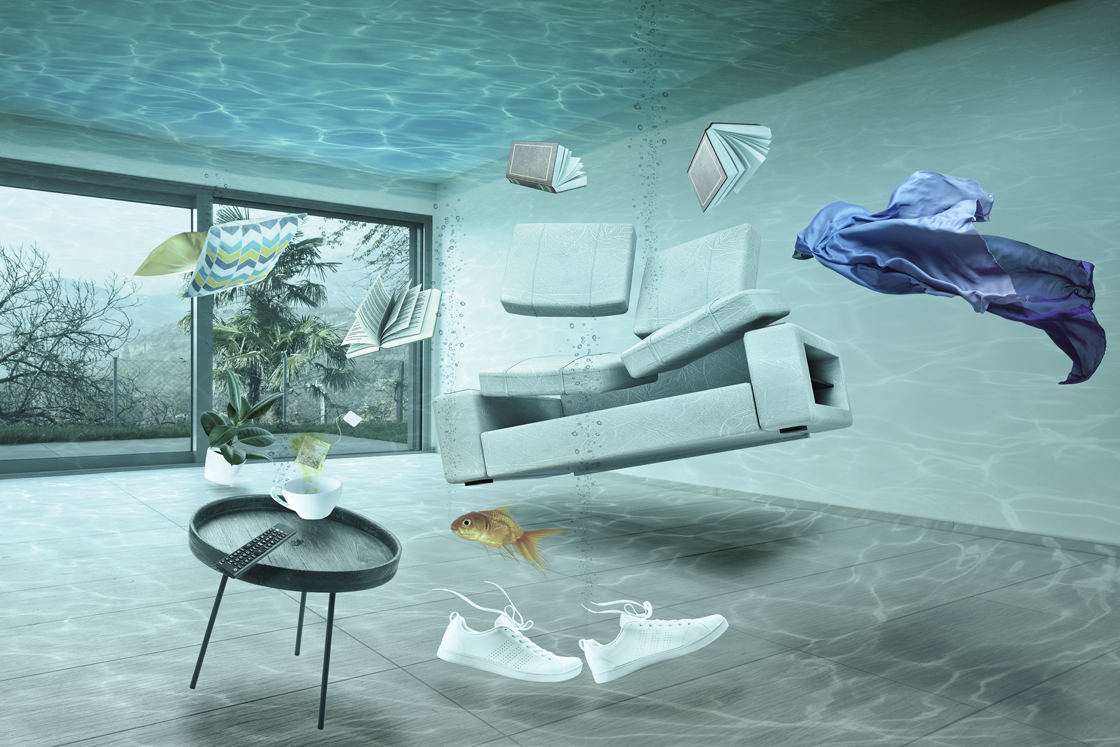How to Check If Your Home Has a Concealed Leakage
How to Check If Your Home Has a Concealed Leakage
Blog Article
How do you feel in regards to Top leak detection hacks?

The minute you locate a leakage, calling your plumber for fixings is the best remedy. However, some little water leaks may not be visible. If you can not find it with your nude eyes, below are some hacks that help.
Early discovery of dripping water lines can minimize a potential catastrophe. Besides conserving you money, it will minimize the aggravation as well as irritation.
Inspect Water Intake
If you identify unexpected changes, despite your intake being the same, it means that you have leakages in your plumbing system. An abrupt spike in your bill indicates a fast-moving leak.
A stable rise every month, also with the exact same behaviors, shows you have a slow-moving leakage that's additionally gradually rising. Call a plumber to completely examine your residential property, particularly if you really feel a warm location on your floor with piping below.
Assess the situation as well as evaluate
Home owners must make it a practice to inspect under the sink counters and even inside cabinets for any kind of bad odor or mold growth. These two red flags suggest a leakage so timely interest is needed. Doing regular examinations, also bi-annually, can conserve you from a significant issue.
Take A Look At the Water Meter
Every home has a water meter. Inspecting it is a surefire way that assists you find leaks. For starters, switch off all the water resources. Ensure no one will flush, make use of the faucet, shower, run the cleaning equipment or dishwasher. From there, most likely to the meter and watch if it will certainly alter. Since nobody is utilizing it, there need to be no activities. If it moves, that shows a fast-moving leak. If you find no modifications, wait an hour or 2 and also examine back once more. This indicates you might have a slow leakage that can also be below ground.
Asses Outside Lines
Don't neglect to inspect your outdoor water lines also. Must water seep out of the link, you have a loosened rubber gasket. One small leakage can throw away lots of water and increase your water bill.
Do a Food Coloring Examination
When it comes to water consumption, 30% comes from toilets. If the shade in some way infiltrates your bowl during that time without flushing, there's a leakage in between the tank and also dish.
A lot more significantly, if you understand your home is currently old, keep a watchful eye on your heating systems, pipes, pipes etc. Look for discolorations and also deteriorating as most pipelines as well as home appliances have a life expectancy. They will also normally weaken because of wear and tear. If you presume dripping water lines in your plumbing system, do not wait on it to escalate. Call a specialist plumber right now so you don't wind up with a dreadful mess in your home.
The minute you find a leak, calling your plumber for fixings is the best remedy. Some small water leakages may not be visible. Checking it is a guaranteed means that aids you discover leakages. One little leak can squander heaps of water and increase your water bill.
If you think leaking water lines in your plumbing system, do not wait for it to escalate.
WARNING SIGNS OF WATER LEAKAGE BEHIND THE WALL
PERSISTENT MUSTY ODORS
As water slowly drips from a leaky pipe inside the wall, flooring and sheetrock stay damp and develop an odor similar to wet cardboard. It generates a musty smell that can help you find hidden leaks.
MOLD IN UNUSUAL AREAS
Mold usually grows in wet areas like kitchens, baths and laundry rooms. If you spot the stuff on walls or baseboards in other rooms of the house, it’s a good indicator of undetected water leaks.
STAINS THAT GROW
When mold thrives around a leaky pipe, it sometimes takes hold on the inside surface of the affected wall. A growing stain on otherwise clean sheetrock is often your sign of a hidden plumbing problem.
PEELING OR BUBBLING WALLPAPER / PAINT
This clue is easy to miss in rooms that don’t get much use. When you see wallpaper separating along seams or paint bubbling or flaking off the wall, blame sheetrock that stays wet because of an undetected leak.
BUCKLED CEILINGS AND STAINED FLOORS
If ceilings or floors in bathrooms, kitchens or laundry areas develop structural problems, don’t rule out constant damp inside the walls. Wet sheetrock can affect adjacent framing, flooring and ceilings.
https://www.servicemasterbyzaba.com/blog/how-to-detect-water-leakage-in-walls/

As a devoted person who reads on Finding hidden leaks, I thought sharing that post was a good idea. If you please take the time to promote this write-up if you enjoyed reading it. Bless you for your time. Visit again soon.
Report this page